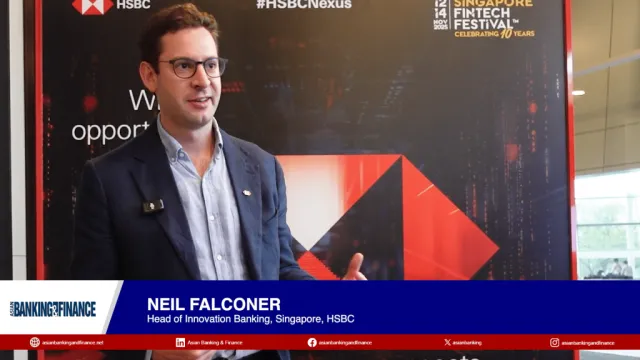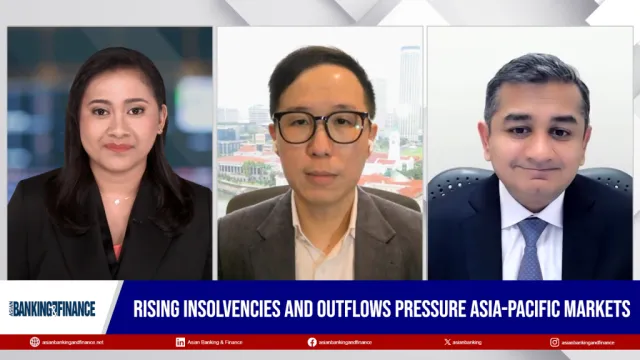Why changing the mindset is as vital for banks as knowing the customer
By Stephen RoslingIt’s fair to say that, at the moment, consumer protection high on the agenda of many national regulators and central banks. The global financial crisis has severely dented consumer trust, with the most recent scandal – the LIBOR rate manipulation – dealing a further blow to consumer confidence.
National regulators are introducing, reviewing and strengthening legislation and guidelines to govern the way in which financial products are developed, sold, and serviced. And, in almost all instances, the principles which underpin these guidelines are the same. The clear and simple message is this – treat your customers fairly and be prepared to prove it.
Some countries, and their financial institutions, have been on this journey for a number of year so there’s plenty of lessons to be learnt.
There are 2 key question for banks, (and indeed all types of financial services firms):
What do they need do differently?
How will their customers know?
From an organisational point of view these means, for example, having a product development process that includes customer input and feedback, providing annual staff training, (and testing) relating to fair treatment, and finding ways to evidence and measure that you are identifying and dealing with customer issues in a fair manner. (And by the way, don’t get fair treatment confused with customer satisfaction.)
More importantly from a customer point of view, they should receive clear, simple, unambiguous advice, (with no high pressure sales), based on a thorough understanding of their needs and financial circumstances.
It means that product literature should be simple, clear and easy to understand. It means the product does what it says on the tin. It should also mean that the service they receive should match what has been promised. These are all areas in which a customer can have a view and can use their experience to assess, not only their level of satisfaction, but also how fairly they have been treated.
Now this is all sounds well and good and, to be honest, relatively straightforward…or so you might think.
Here’s the conundrum: what you think is “fair” may be completely different to what customers think as fair.
Let me illustrate this by using a non-financial services example.
You’ve purchased a first-class train ticket. The carriage is half-empty.
1 The guard discovers that a passenger in the first-class compartment has a standard-class ticket and asks that passenger to leave. Is this fair?
2 It then transpires that there are no seats in standard class. Is it still fair to ask the passenger to leave?
3 The train company has just announced large profits and is refusing to put on extra carriages. Is it still fair?
4 The passenger being asked to leave is a woman aged 80 who is infirm and nobody in standard class has given up their seat for her. Is it fair to eject her from first class or do you just hide behind your laptop?
I put this to a group of colleagues recently and the responses were 100 per cent in favour of scenario one and progressed down to one person who rather sheepishly insisted on ejecting the elderly lady.
So fairness in this case depends on the circumstances and, crucially, on your own attitude to train companies, first-class travel and elderly people, which is why fairness in general is so hard to define and presumably why many companies might find it difficult to acknowledge that their practices might be unfair.
This example also illustrates the certainty that rules give; no first-class ticket, no seat in first class. And the uncertainty, but potential for greater fairness, of principles; an elderly person with no ticket ought, perhaps, to be allowed to stay.
If we return to financial services, an obvious situation that might generate very different points of view is the quality of product literature. Regulators have made repeated calls for customers to be “fully informed” of details relating the product they’ve purchased – brochures, key facts, terms and conditions etc.
This all sounds fair and reasonable and one might be excused for thinking that such action reflects well on a firm that’s putting the customers’ interests first.
However, when you consider this from the customers’ perspective it paints quite a different picture.
Think about how much information you’re asking the customer read and, even more importantly, understand. I recently did a word count on a new product offered by a well-known bank – the total word count was over 40,000!
Now some customers, (although I suspect very few), would choose to read this material before they sign, however, I would suggest that 99.9% would simply sign. Is this fair?
It’s not enough to get into the customers shoes, you also need to change your mindset.
In essence, the guidelines have the potential to deliver substantial improvements for consumers. The banks must hope, however, that their interpretation of “fairness” matches that of their local regulator.


















 Advertise
Advertise








